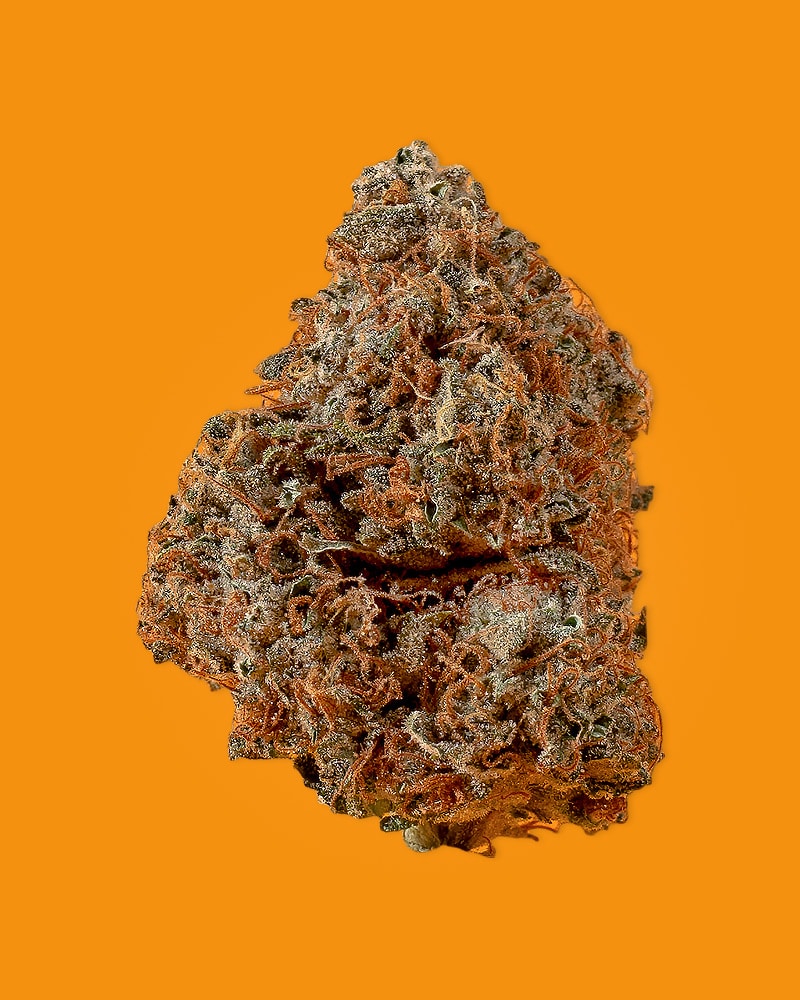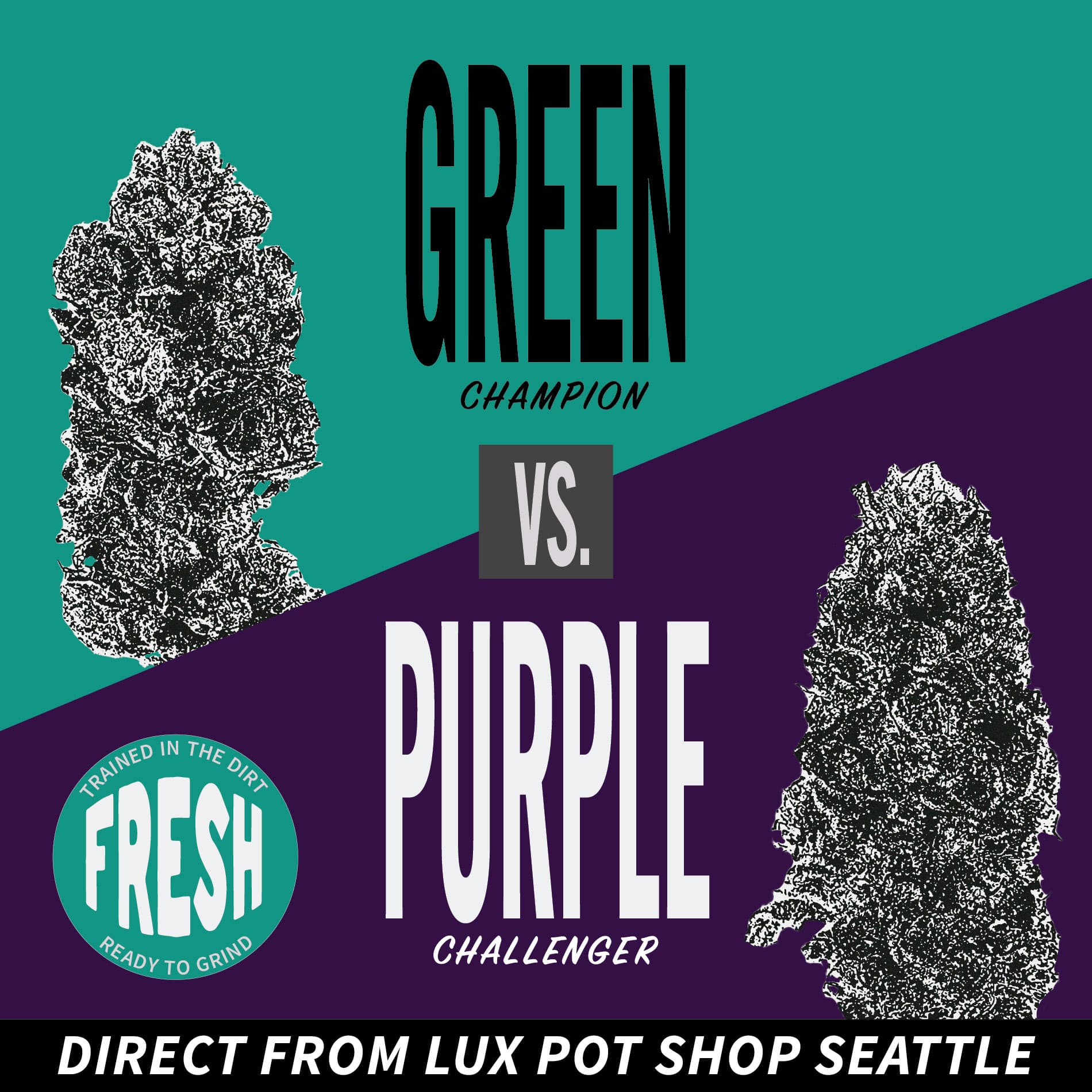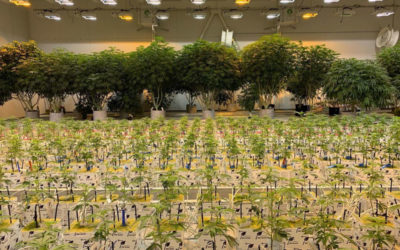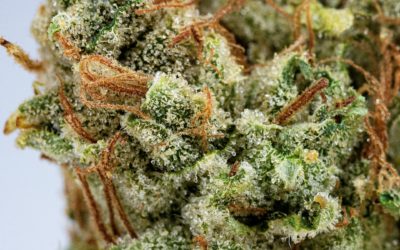It’s about to go down, folks! Welcome to our main event, the face off to end all face offs!
In the Green corner weighing in at a lean, mean 19% THC, we have our reigning champion…..give it up for Green “Mr. Grinch” Buds!
And in the Purple corner, our mighty challenger steps into the ring: weighing in at 23% THC, straight from Mendocino County, it’s Purple “Papa Purps” Flower!
Will Purple Flower’s power be usurped? Will he live to fight another day? Or will this highly anticipated match end in a draw? It all happens tonight, live from the Smokeoma Dome
Now, without further ado: LET’S GET READY TO RUMBLEEEEEEE!
A cannabis rivalry for the ages
Just kidding about the whole rumbling thing. Nugs can’t throw hands, obviously.
But if there really was a fight between purple and green flower, we wouldn’t suggest placing any large bets. This isn’t a matchup with any clear winner.
That’s because, contrary to popular belief, there’s no correlation between cannabis color and cannabis potency/quality.
Cannabis in a rich shade of plum is aesthetically pleasing, sure. It pops against the backdrop of dispensary shelves lined with green flower. But there’s no evidence to suggest that it’s sleepier, heavier, better tasting, or whatever else people say it has over your standard green bud.
On the other hand, there’s nothing to suggest any of those things hold true about green weed over purple, either.
Biggie and Tupac. Gucci Mane and Young Jeezy. Meek Mill and Drake. Eminem and MGK. Like every iconic beef before it, the Purple vs. Green feud is more rooted in personal conjecture than it is objective fact.
So, what are the objective facts? We’re glad you asked. By the end of this article, you’ll have all the cold, hard dope on the color of your dope.
Flavonoids and Cannabis Color
Despite sounding like a nickname for contestants on Flavor of Love, flavonoids are the compounds in cannabis that give it its color.
Flavonoids are present in a variety of other organic substances: fruits, vegetables, flowers, legumes, and grasses, namely. Cannabis also has a few known flavonoids that are unique to the species, dubbed “cannaflavins”.
Plants with high flavonoid levels are rich in antioxidants, and bolster increased protection from pests and inclement weather.
It’s estimated that, overall, flavonoids represent about 3% of dried cannabis weight. So, what do these flavonoids actually mean for your smoking experience?
Admittedly, not much.
Purple flower gets its color from the presence of anthocyanins, flavonoid compounds which also give violets and blueberries their signature hue. Anthocyanins don’t have any psychoactive effects. Their presence doesn’t indicate higher potency, or anything else pertaining to effects, for that matter.
One could argue that their antioxidant properties make Anthocyanins an important facet of the Entourage Effect, as many already do. But you’ll only benefit from these properties if you’re ingesting the product. Combusting and smoking the product causes degradation of these compounds, rendering their tangible effects nonexistent.
Growing conditions and cannabis color
We’ve gone over the chemistry of what gives cannabis its color. But that doesn’t cover the “why”: why are some cannabis strains purple, and others green?
Genetics are an obvious culprit. In the same way that animal husbandry gave way to countless exotic varieties of domestic animals, modern cannabis breeding projects allow for unprecedented control over color expression. In this case, the color doesn’t reflect quality so much as it does the breeder’s aesthetic concerns.
But there’s another reason why some flower is purple: exposure to low temperatures towards the end of the flowering cycle.
When environmental temperature drops, the cannabis plant interprets this as a seasonal change. It stops producing chlorophyll, the compound responsible for green color in all plants. As chlorophyll levels drop, other flavonoids become more visible, anthocyanins in particular.
Because of the coveted nature of weed with purple coloring, some cultivators blast their plants with cold air towards the end of the flowering cycle to induce this response.
When purple color is the result of environmental manipulation, anthocyanin levels aren’t higher than in green cannabis. They’re just more visible due to the lack of chlorophyll.
And while chlorophyll makes for a harsher smoke in excess, purging the living plant of chlorophyll isn’t really necessary. That’s what the curing process is for.
So even if you’re still #TeamPurpleWeed, keep in mind that looks can be deceiving. Just because it’s purple doesn’t mean it’s actually purple…jah feel?
When should you be concerned about the color of your weed?
The only time the color of flower says something about its quality is if it’s a lunch bag brown.
And even that doesn’t really reflect quality *per se*. It just means it’s old. Upon prolonged exposure to light, cannabis turns a mucky, dishwater color.
Weed that’s faded into this muddy tan also won’t get you very high. As flower degrades in light, its THC content slowly converts to Cannabinol, or CBN.
CBN has been loosely shown to have sedative and anti-inflammatory properties, but not at the dosages present in flower. Its psychoactive effects are mild, to the point of being functionally nonexistent.
It’s worth noting, however, the distinction between lunch bag brown and other shades of brown.
Sometimes, cannabis looks burnt-orange upon first glance. This is not because of age or light degradation, but because of the tiny orange-brown hairs, or pistils, strewn about the surface of the flower. Pistils are essentially the reproductive organ of the female cannabis plant,

They’re present no matter the strain, but landrace sativa strains produce the most, sometimes producing 3 cycles of pistils before they reach full maturity.
Unlike the rest of the flower, pistils are supposed to be a dark brown or orange. They signify a mature, ready-to-harvest plant. White or clear pistils on cured flower mean the plant was harvested before it reached its full potential.
Moral of the story, if weed looks brown at first, look again! It could actually be the fresh, mature, pistil-covered sativa strain of your wildest dreams.
Well, color us impressed: you finished the article!
You’re basically a cannabis color expert now, so why not come see us at the shop and talk shop?



